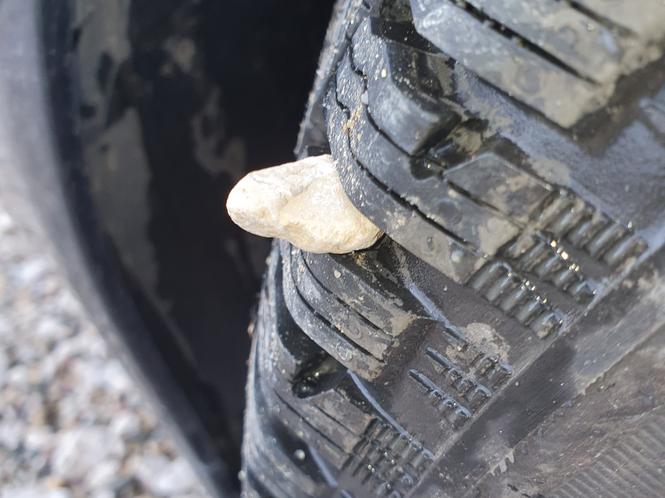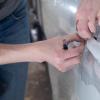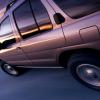Which Tires Wear Faster on AWD?

In a perfect world, all four tires of your vehicle would wear evenly, and you'd never need to go to the tire shop to wait for your turn to eventually argue about the uneven tire wear while tire technicians start making excuses. However, it's not a problem if you've ever had uneven wear out on your tires. The uneven damage to the back and the front tires occurs seldom, and you shouldn't be surprised.
So, what's the cause for more rear and front tires wearing out? Besides tire service, is there something you can do about the old dreaded uneven wear issue?
The general advice is that replacement of all tires in an all-wheel drive (AWD) vehicle is needed when it's time to replace one or two damaged tires.
Is this simply an AWD tire replacement myth, or is it true? Are there any particular rules for all-wheel drive tire replacement?
Let's get to the point.
Which Tire Wears Out More Quickly?
In an all-wheel (AWD) drive setup, the tires on the front side will wear more quickly because they go through the stress of most steering and braking.
However, other elements affect how quickly your AWD's tire will wear down, such as the weight, vehicle power system usage, and car year or model.
If you want to know the reason behind the wear down of your AWD tires, you should find out the ones that last the longest and which are likely to wear more quickly while changing front tires. This way, you can know about the wearing down of tires on FWD, 4WD four-wheel drive, AWD, tandem axle, and much more and decide what to do for tire service!
Which Tire Wears Faster: Is it Left or Right?
Answering this is a bit complicated since it is ambiguous as it depends on your driving country, i.e., which direction you're going on the road. It will also affect the order you'll need to change more often at points such as roundabouts and traffic circles.
For instance, in Canada and the U.S., drivers are required to take a lot more left turns when vehicles are operating from the right side. This type of driving puts more weight on the right.
Inertia puts more stress on the left side. The tire in the rear has to bear the extra load and be responsible for the steering and turning.
Another reason is road construction, in which it is common for the sides to slope towards the curb, preventing water from accumulating on the road surface and causing dangers like hydroplaning.
The right side will be lower than the left, which causes a tremendous weight shift in that direction, and when you consider all this, it's no surprise they'd wear out faster. The problem differs in countries such as Australia, the U.K., and India, which are left-hand drive countries. However, the principle applies in the opposite direction.
Should You Get New Tires on the Front or Back?
If you can only afford two tires you need for your vehicle - your instinct would generally advise you to put them in the front because they are the ones you are in control of directly. However, the correct choice is the reverse.
In an accident involving a tire blowout, the best option is to remove the front wheels since the extra weight is at the front. As mentioned earlier, this ensures it's more stable and allows you to control the steering. The car's weight balance could have more chances of fishing if a blowout occurs in the rear tires.
The front tires typically wear more than the rear tires, even if they're not used for acceleration, as they're the ones that are responsible for the braking and steering. When using an RWD, the wear rate between the front and rear tires can be equal depending on how the driver treats the vehicle. The front left tire wears out more quickly than the right-hand tires on the front in countries where driving is on the right side and in reverse.
The best practices for tire service in AWD, like periodic alignments and rotating, will help to prolong their lifespan. The months of April and October are known to be the ideal times to purchase new tires because of the possibility of sales. Additionally, regular wheel and tire service essentials like checking the tire's pressure, alignment, rotation, etc. assist in getting the most life from your tires. Hopefully, this has given you insight regarding what to expect from tires and AWD.
More to Read:
Previous Posts:



